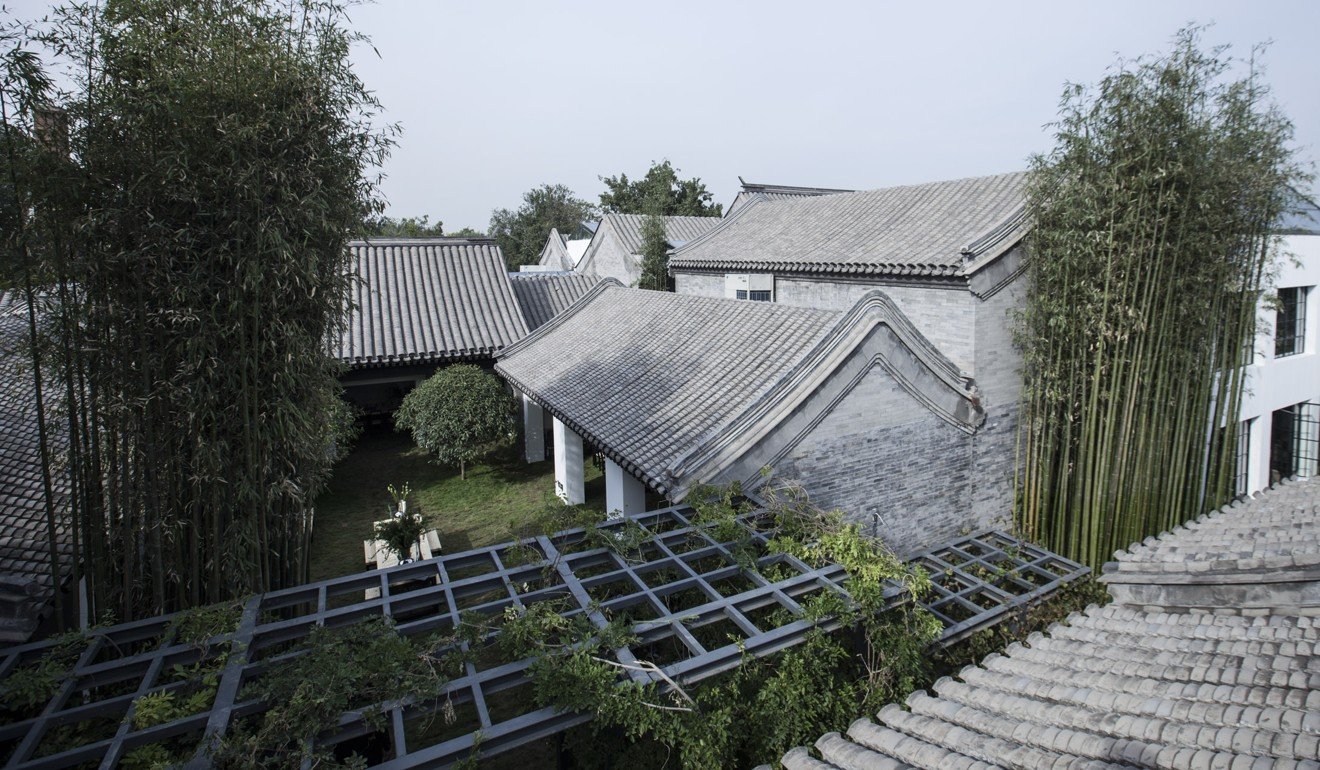
How Nautica’s David Chu gave up retirement and created a hugely popular Beijing event space
Bored of playing golf, designer with the Midas touch went back to work. He talks about his latest venture, Jensen Hus in Beijing, which has become a must-visit destination for the city’s fashion, arts and design crowd
After banking the lucrative proceeds from the sale of his self-founded brand, Nautica, designer-entrepreneur David Chu had a plan in place, to play golf as often as possible, and generally enjoy a life of leisure.
This early retirement scheme did not last long. Chu, just 49 at the time, realised that he still had a head full of ideas, with the requisite business knowledge and experience to implement them effectively. The Taiwan-born, America-raised amateur golfer was finding it difficult to find enough pals willing to devote a midweek day to hitting a small white ball around.
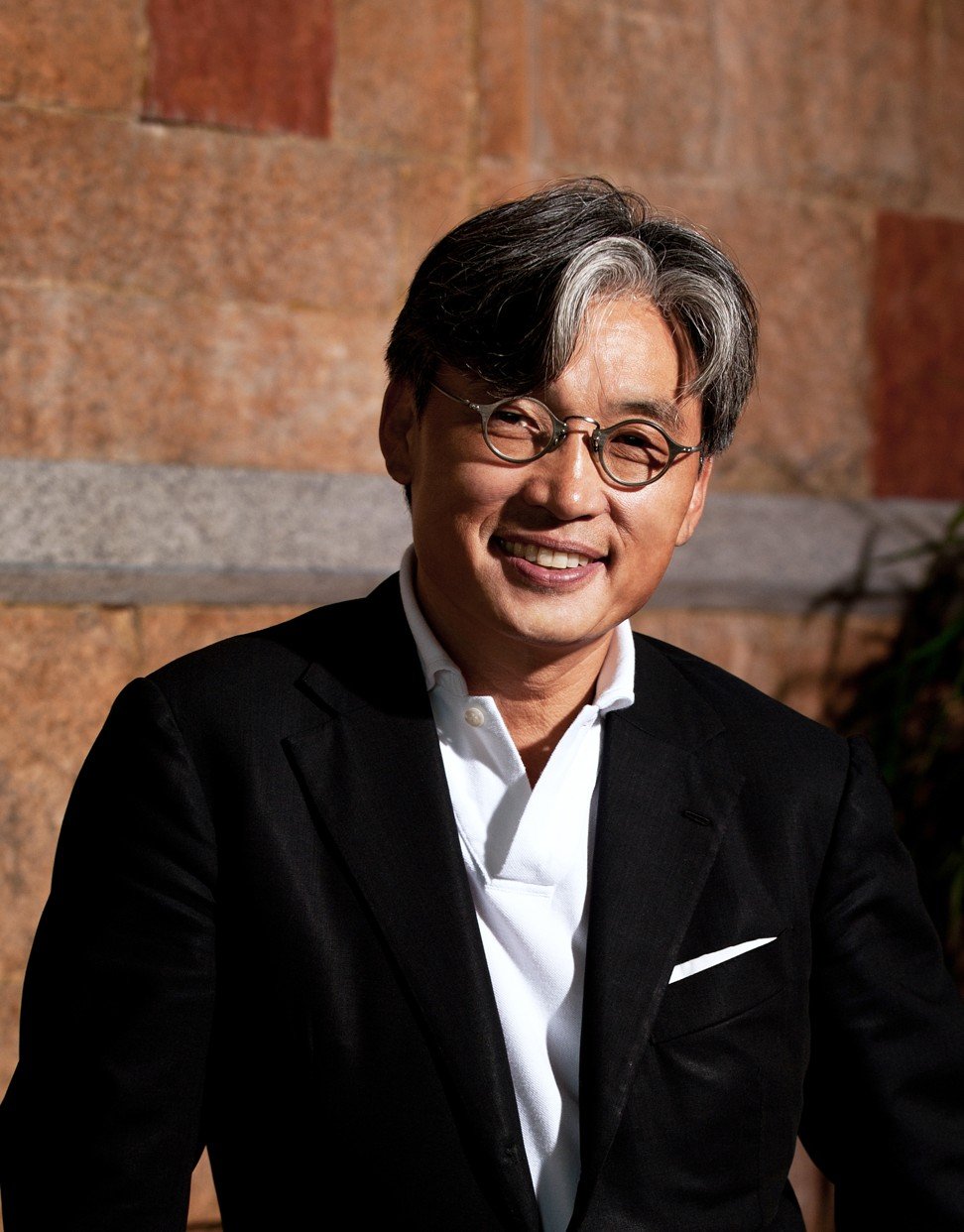
Scandinavian couple’s Hong Kong village home a homage to Danish design
“I love product, I love design, I love planning and love the strategy.”
Chu’s immediate scratch for that entrepreneurial itch was to start another leisure wear company, Lincs, which now has 20 stores in China; invest in promising businesses; later act as creative head for the luggage company Tumi and – most recently – acquire the century-old Danish jewellery and home ware brand, Georg Jensen, with a London-based investment company.
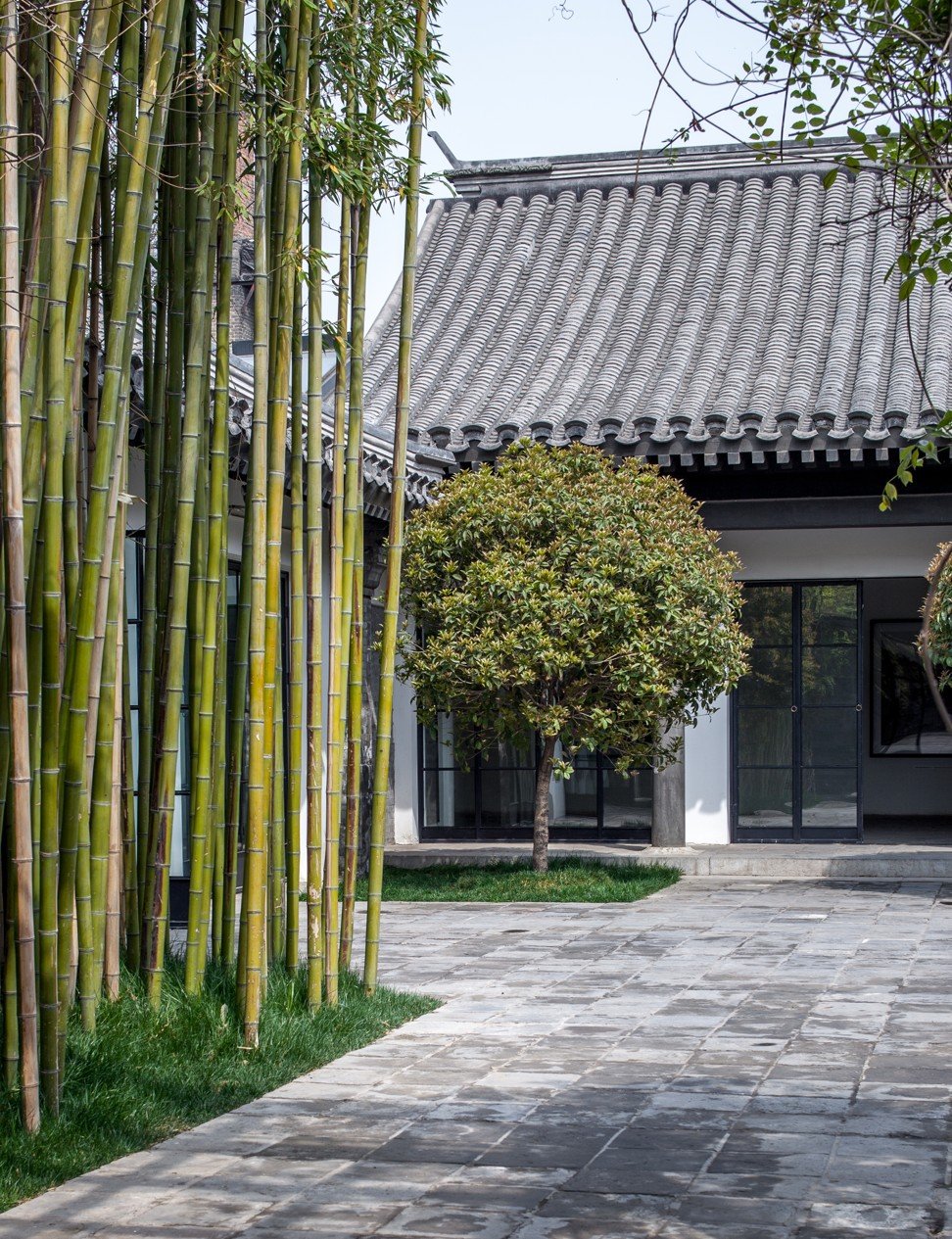
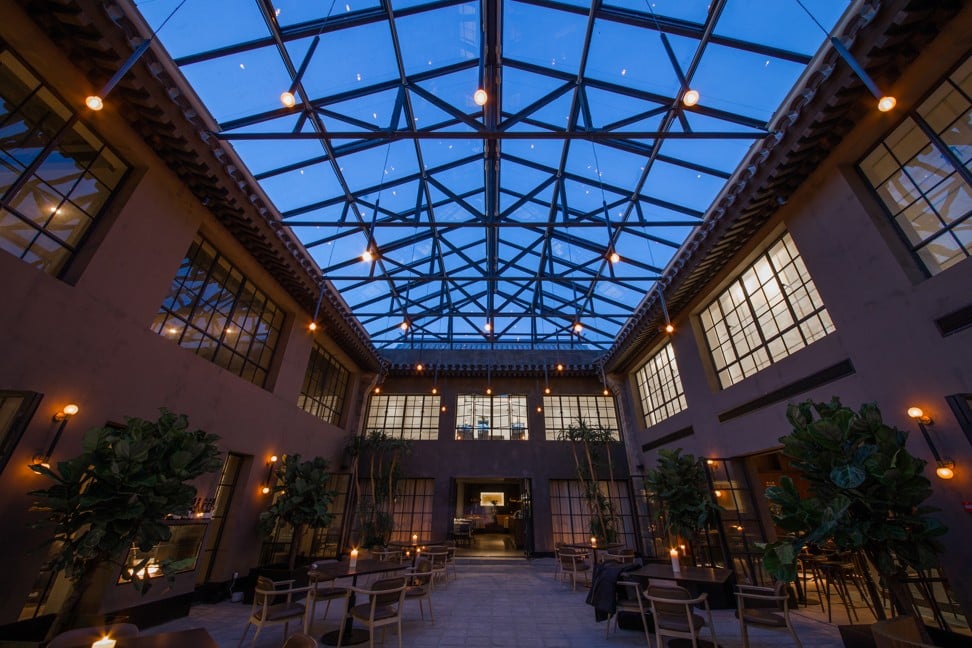
Four unmissable Hong Kong fashion events in early December – catch the pop-ups while you can
“We are more of a total concept – people can come in and it is a memorable place with a targeted audience. Since we opened, every major fashion company wants to do events here,” says Chu. “It was mostly word of mouth, the fashion crowd always want unique places, and we are the place to go, it is a cool place for them to use. We have had Dior, Chanel, Chloe, Marni, Bally, Tod’s. We don’t compete with these fashion houses, we are a lifestyle brand.”
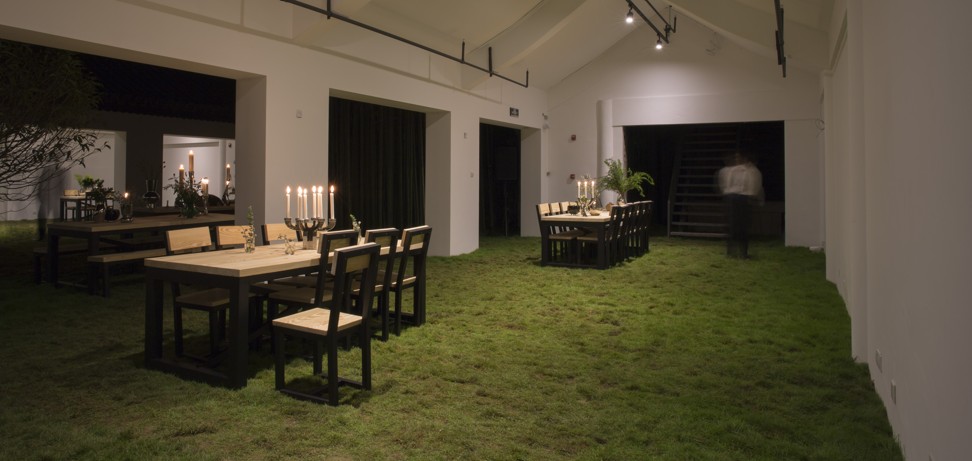

The architect commissioned to do the work was also responsible for the design of Noma, a Copenhagen restaurant regularly voted the best in the world. To ensure the cuisine also matched that lofty aspirational goal, Chu hired a kitchen team from Denmark to create dishes such as grilled parsnip with squid and black garlic, duck breasts with beetroot and potato cream and slow-cooked short rib with carrot and turnip.
Guests can enjoy lunch, afternoon tea or dinner in the light-flooded atrium area, browse the art collection du jour and head upstairs for a look at the home ware and jewellery range. One of the collections on offer is designed by the late architect Zaha Hadid, a liaison that came about when she visited Beijing for the opening of her stunningly designed Soho Galaxy office-retail complex.
How young Chinese fashion investor Wendy Yu is boosting British brands with insight on China’s millennials
Chu, never tardy at spotting an opportunity, chatted to her at the post-opening dinner and suggested she apply her considerable talents to creating a jewellery collection. Two other limited-edition lines came about through Chu’s personal connection with contemporary creative heavyweights Marc Newson and Kengo Kuma. The former designed a traditional English-style tea set, priced at US$125,000; the latter a Japanese-themed tea set that goes for US$80,000.
So far, business has been brisk, even though the marketing expense has been minimal. “We haven’t even begun to tap into these newly minted billionaires, we don’t want to be too aggressive,” says the company chairman.
